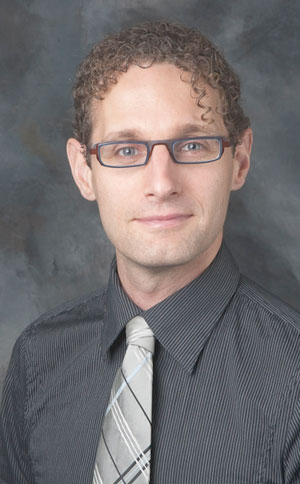The Law Society of Upper Canada is once again looking at tinkering with the system for electing benchers at Convocation.

Many of the recommendations in a new report from the bencher election working group are very minor. They include reducing the number of nominators required for candidates; chopping the maximum number of words in each candidate’s election statement in half; and other housekeeping matters.
The most significant suggestion is a revamp of the scheme for electing regional benchers. The current system designates the candidate in each region who receives the highest number of votes there as the regional bencher. “This scheme ensures that at least one bencher will be elected in each of the eight regions in the province,” the working group report states.
The proposed changes would put greater emphasis on the votes from all regions for all candidates. One suggestion would have the regional scheme apply to elect the candidate with the most votes in that area only if a region doesn’t have an elected bencher according to the initial results. Under the second consideration, the popular vote would determine who becomes the regional bencher from a particular area. Such a scheme would emphasize the candidate who receives the most votes across the province. It’s this second option that the working group is recommending.
“In the working group’s view, one of the unintended consequences of the scheme is that candidates with many more votes (based on votes from voters in all regions) than the regional bencher may not be elected, including other candidates in the regional bencher’s region,” the report states. “Thus, candidates from regions who demonstrated broader support from the members were not always the bencher elected.”
The options outlined are merely recommendations for the moment as the law society is now consulting the profession on the issue over the coming months. Part of the impetus is to respond to continuing concerns about voter turnout during bencher elections. While the report notes the initial push for a regional bencher scheme was to encourage interest in the election, the results so far have been disappointing. “Rather than higher voter turnout in the elections that followed implementation of the scheme, voter turnout actually fell after 1995 until 2011,” the report states.
The recommendation, the report suggests, “will ensure there is at least one bencher elected in every region from the general vote. It will preserve the benefits of regional benchers while giving more weight to the overall democratic process.”
The recommendation, then, is reasonable. While some may worry about the dilution of the power of the regional votes in electing a bencher for a particular area, it’s certainly reasonable to expect representatives to balance their duties to a local constituency with their obligations to the province as a whole.
But what the changes won’t do is make a big difference to voter turnout. They may influence candidate and voter behaviour in small ways but they’re hardly radical reforms. Ultimately, the decline in voter turnout is commensurate with broader societal trends. Whether it’s general apathy or overall fatigue with the actions and approaches of elected bodies, voters everywhere are tuning out. The big question is how to engage people again, and few institutions have figured out a lasting answer.
So let’s welcome the debate about the proposed changes to electing regional benchers. But it’s clear there’s much more work to do when it comes to getting people to vote again.
—
Glenn Kauth

 Many of the recommendations in a new report from the bencher election working group are very minor. They include reducing the number of nominators required for candidates; chopping the maximum number of words in each candidate’s election statement in half; and other housekeeping matters.
Many of the recommendations in a new report from the bencher election working group are very minor. They include reducing the number of nominators required for candidates; chopping the maximum number of words in each candidate’s election statement in half; and other housekeeping matters.